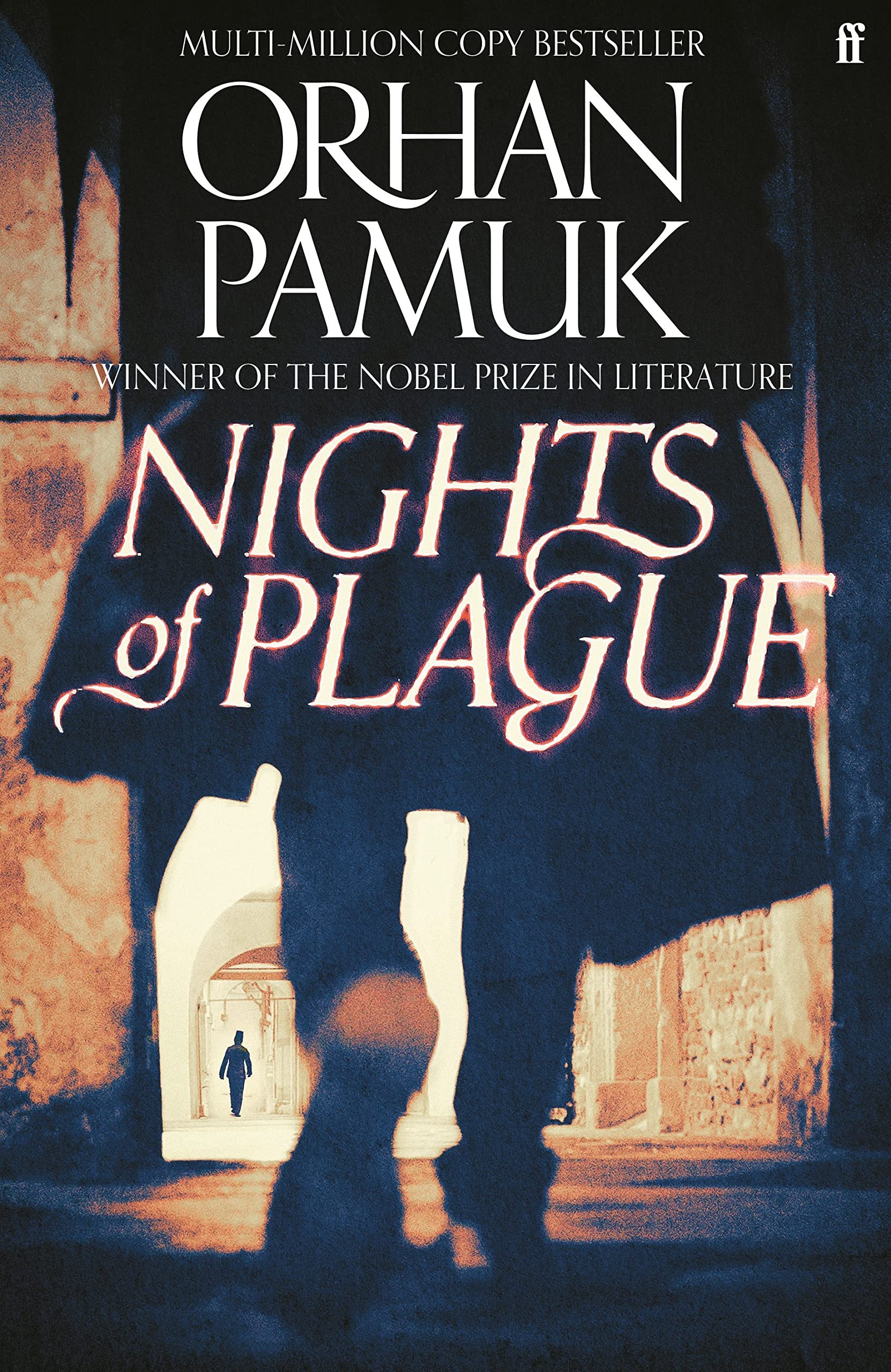Now and then it is such a pleasure to get lost in a long, immersive and well written epic! I've had this feeling in the past with novels like “The Luminaries” and “The Eighth Life” whose long page counts allow enough space to fully reimagine a bygone era and intricately involve the reader with the many twists of fate a large cast of characters experience over many years. Set during the beginning of the 20th century, “Nights of Plague” sits comfortably alongside these other bewitching tombs. The Ottoman Empire is gradually disintegrating and the Sultan sends a few emissaries including the Royal Chemist, the Sultan's niece Princess Pakize and her doctor husband on a ship bound for China. However, it first stops at the (fictional) island of Mingheria which is suddenly beset by a virulent disease. As the governing forces try to repress rumours of a plague these three characters find themselves closely involved in the resulting chaos which unfolds. The instability causes religious, economic and national divides to come to the surface. Murderous plots, scandalous affairs and grabs for power ensue. Pamuk deftly handles the many threads of his story in a way which is fairly easy to follow, creates plenty of intrigue and reveals many surprises with dramatically gripping scenes. This novels works as both a historical epic and a murder mystery with a Sultan who is hilariously keen on the stories of Sherlock Holmes.
It's narrated from the point of view of Mina Mingher, the fictional female author of this tale, who explains at the start that the book is both a novel and a historical account informed by Princess Pakize's letters and records from Mingheria's past. This authorial voice occasionally comments upon the action and interjects to give context to events. Initially I was worried this device would feel too artificial or complex, but it doesn't intrude so much that it detracts from the pleasure of the narrative. It also raises interesting questions to do with how to account for people's past actions and understand history. The killers in this story can be deduced from evidence given throughout the story, but the real perpetrators behind these crimes and the many plague deaths which result because of government action (or inaction) are a different question. Naturally this history still feels very relevant when viewed next to recent world events. Mina enters into the story itself towards the end of the novel in a pleasing and poignant way.
Alongside the immediate action, I was fascinated by the way this novel depicts the rapid formation and transformation of a country. In its skilful depiction of the rise and fall of governments we also follow the dramatic lives of those who might be the most powerful person in the nation one day and a vilified rogue the next. Like all totalitarian governments a great deal of suppression and torture is used to silence unpopular opinions. It's noted how “You really couldn't solve a problem in the Ottoman Empire without throwing someone in prison.” Through blending Mina's fictional recreations and historical accounts we gain a better sense of the path of justice. We also get a female-centred view of the past and what a possible matriarchy would look like compared to the venal male leaders focused more on power than the welfare of the people. Since she is narrating retrospectively we receive a contextual understanding of events versus the country's myth building which is taught in school and emblazoned on national banners and monuments. It forms into an expansive and impressive chronicle which could have only been created by a masterful storyteller.








